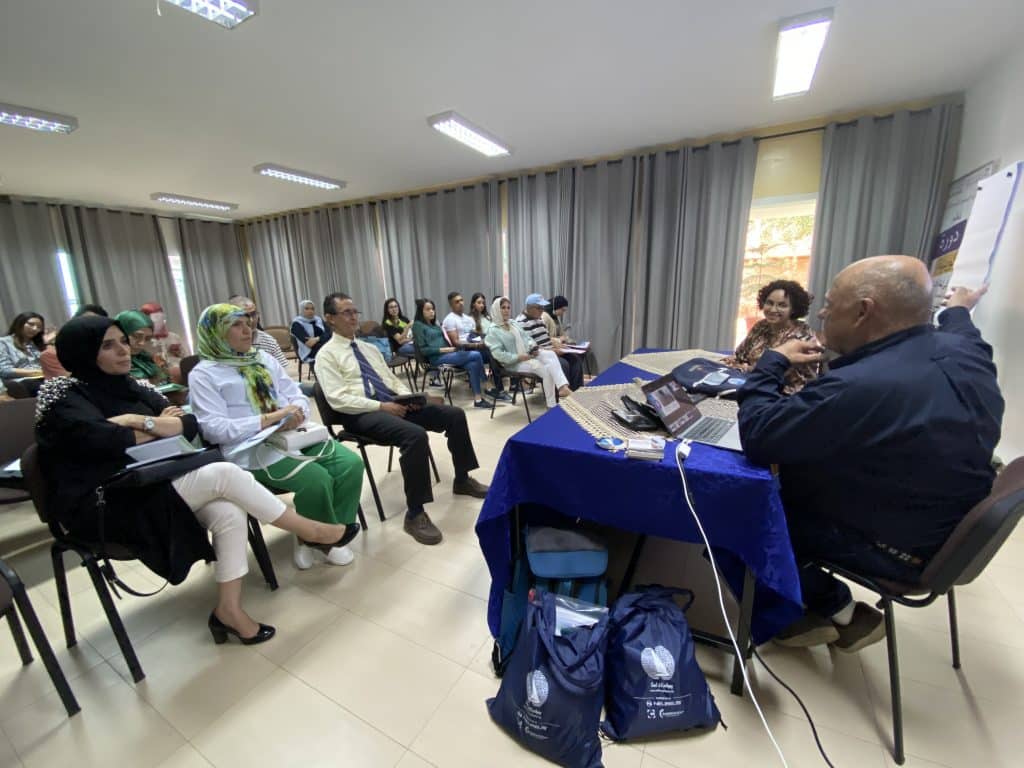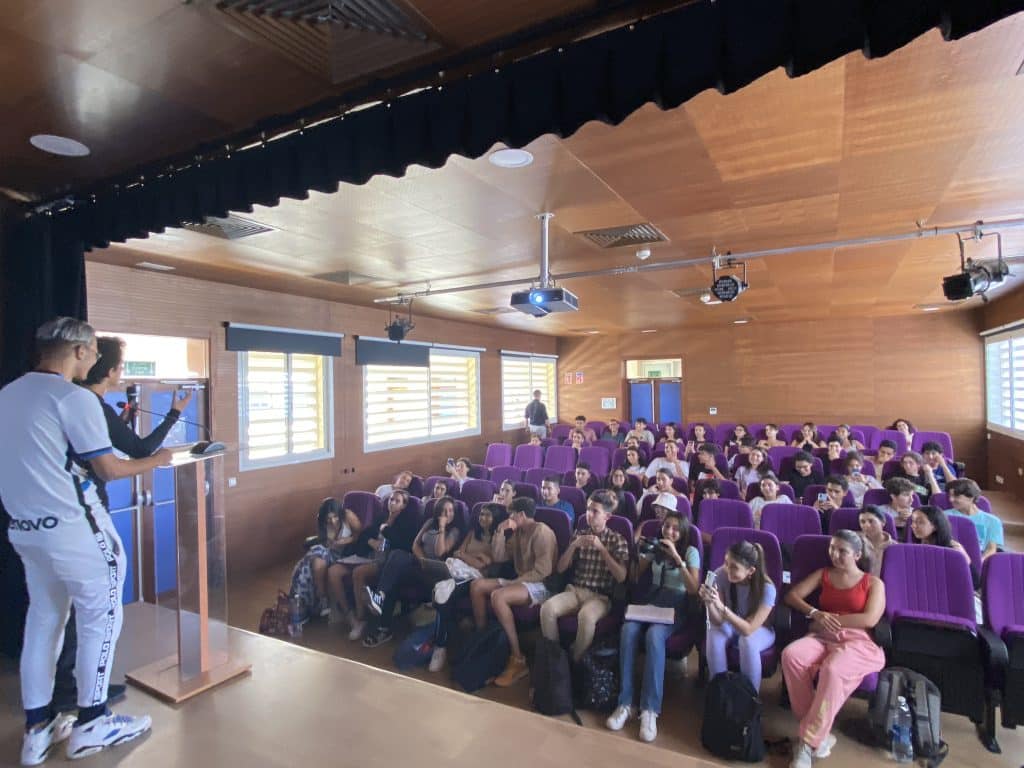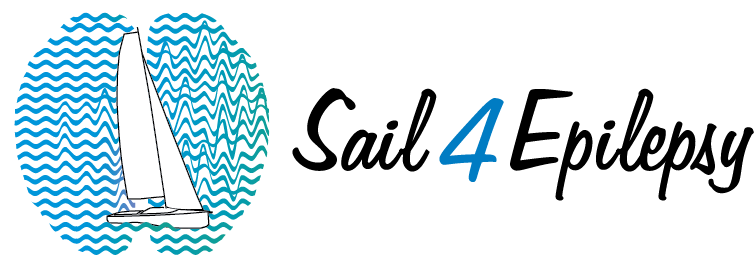Our recent time in Morocco was so full we split our blog about the experience into two parts. In case you missed the first one, you can get caught up by clicking here.
Once in Marrakech and then again in Agadir, Phil gave a lecture to medical students and residents about the mechanism of the ketogenic diet in its ability to decrease seizures. Of course, he led with his own story of epilepsy and how he’s living a fuller life through sailing. Phil was invited to give the same presentation in November, by Zoom, to a National Congress in Morocco. We also welcomed 18 new Virtual Shipmates to our crew at these events, who set goals like being more active, eating a healthier diet, and supporting the epilepsy community.


Perhaps the clearest sign of impact was when one of the professors attending a lecture realized that she could change some of what she teaches. If people with epilepsy are able to put safety measures in place, they CAN participate in activities that she had previously been advising against. We hope she is able to share this message with her students going forward and that they in turn will encourage their patients with epilepsy to consider doing something they haven’t before.
Our final visit was to the Lycee Francais d’Agadir where Phil met with about 70 students. He held a wide ranging discussion which included his journey with epilepsy, his sailing adventures, scientific insight into causes and treatments for epilepsy, and teaching the basics of seizure first aid. Some students had to leave part way through the session, while others joined, so we had the group that stayed come on stage to teach the new group what they had learned about seizure first aid.


With this event we tested out a new idea that was inspired by a question: what can we do that goes beyond our visit in a port stop? How can we activate the group we meet with to amplify our message in their local community?
We asked the students to think of ways that they could achieve this goal – using seizure first aid as the topic. We supplied posters that were translated into French and Arabic, thinking the students would brainstorm where they could post the posters. They of course immediately shifted to digital information sharing, deciding to make Instagram posts / stories, create TikToks, write articles for their school newspaper, and reach out to friends in other countries.

The students also talked about offering seizure first aid classes, encouraging their parents to put up the posters in their workplaces, and approaching pharmacies about postering. We will meet with the students via Zoom in November to find out how the projects are going, which ideas they decided to pursue, and the successes and challenges that they faced.
As we have witnessed in all of our interactions in our port stops, the love and concern the families have for those close to them affected by epilepsy is heart warming. Just as epilepsy doesn’t care where you live, your age, your occupation, or your gender, the worry and care families have for their loved ones is universal.
Our time in Morocco was transformative. We believe this is just the beginning of a longer relationship with the connections that we’ve made during this trip. Everyone we’ve met has been engaged, enthusiastic, and welcoming, whether it was our interpreter Hasna working to find other schools we could visit at the last minute or our driver Farid putting up a seizure first aid poster and Sail For Epilepsy sticker in his community.
We feel we must come back in the future to nurture what we’ve started and look forward to it.




Happy holidays how can I get the sail for epilepsy flag from you. Charlotte de Sieyes